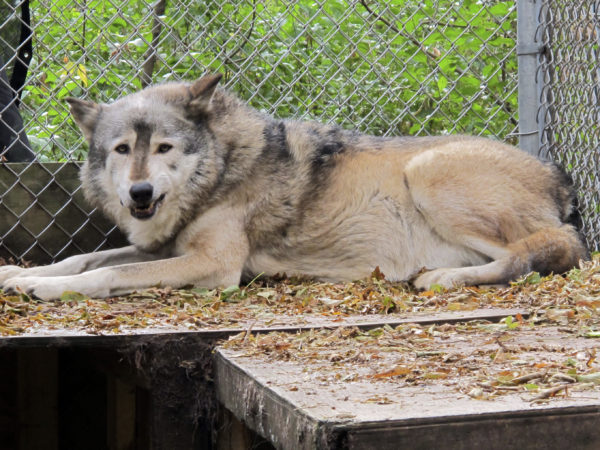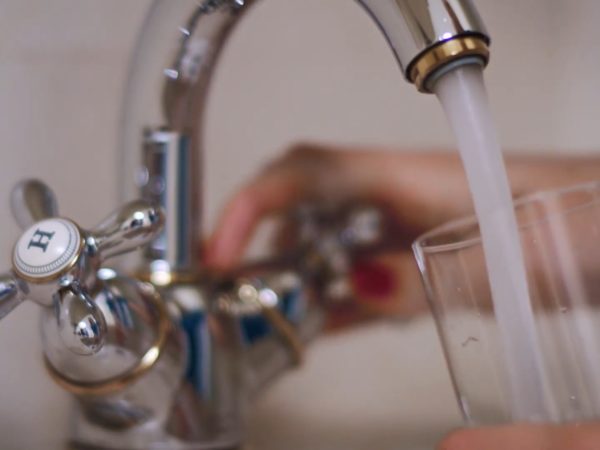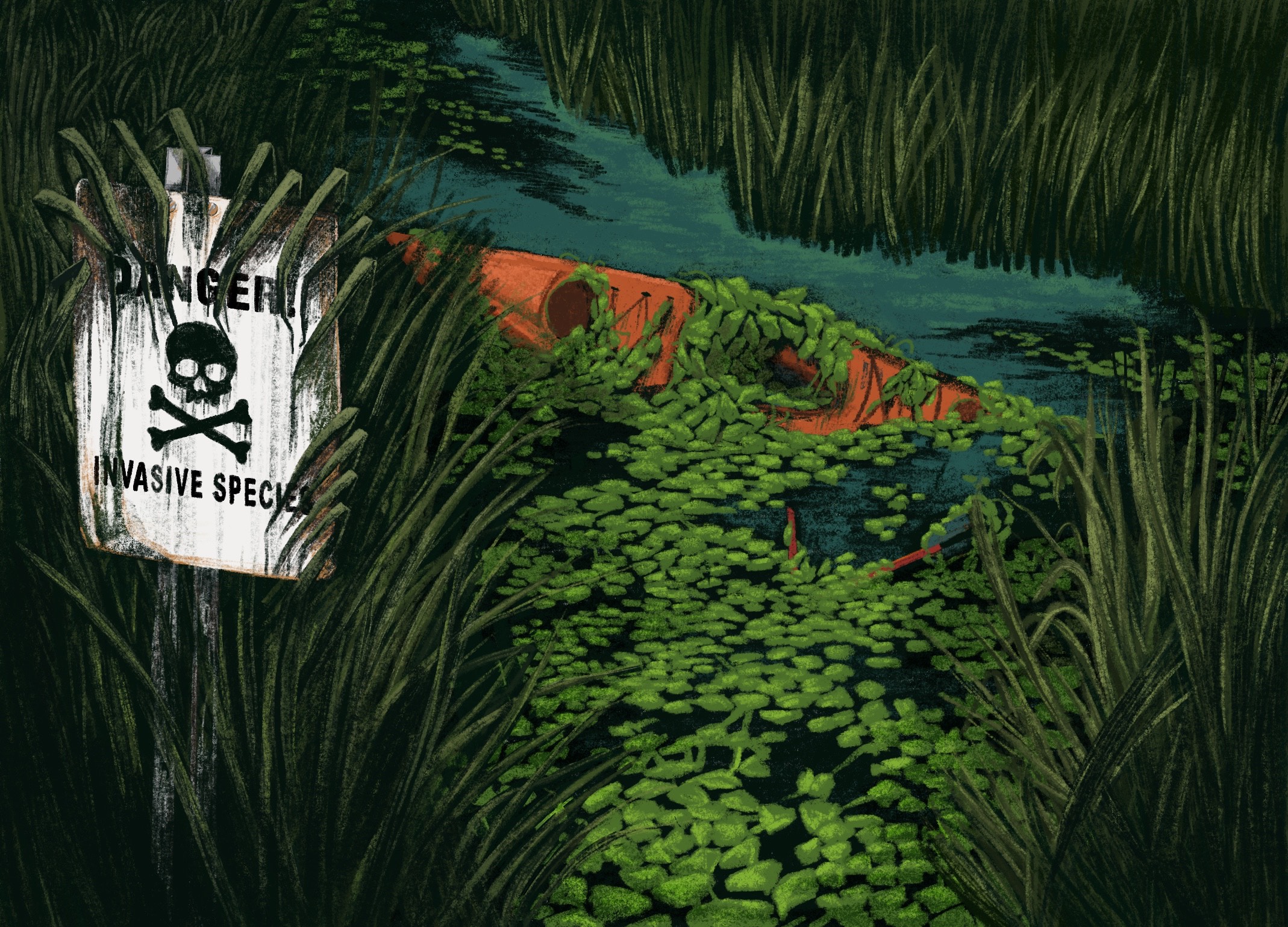
Long after the Halloween season has ended, some of the Great Lakes’ most infamous invasive species remain a scary sight: blood-sucking parasites with suction-cup mouths, thousands of rotting fish carcasses washed ashore and sharp mussel shells that puncture the feet of unsuspecting beachgoers.
At least 188 nonnative aquatic species have been introduced to the Great Lakes, and over a third have become invasive, meaning they can have negative health, ecological and socioeconomic impacts when introduced to new ecosystems. A 2017 report estimated that invasive species cost the Great Lakes states well over $100 million each year.
The sheer variety and impact of invasive species can be challenging to comprehend, explained El Lower, a communications specialist focusing on aquatic invasive species for Michigan Sea Grant.
“‘How do I keep track of all of these? Which are the worst ones? Which are the ones that I should be most aware of? Which are causing the worst damage?’ These are the sorts of questions that we often field,” they said.
In July, a team of researchers (including Lower) from the National Oceanic and Atmospheric Administration (NOAA) and Michigan Sea Grant tried to ease this confusion with a paper they published in the Journal of Great Lakes Research. Their quantitative scoring system assessed and ranked the negative impacts of aquatic invasive species, should they spread throughout the entire Great Lakes system. The paper also identified the top ten most impactful species.

El Lower holds a preserved lamprey in a jar at the Beaty Biodiversity Museum in Vancouver. (Photo courtesy of El Lower)
Lower explained that the ranking could make it easier for educators to teach the public about invasive species, since the species span a wide range of ecological and socioeconomic impacts. The assessment’s framework also provides a “launching pad” for researchers and managers to develop more specific rankings that help them allocate resources to priority species, said Rochelle Sturtevant, a researcher on this project and employee of Michigan State University extension, funded on a grant from NOAA to Michigan Sea Grant (a University of Michigan and Michigan State University partnership), also serving as the Great Lakes Aquatic Nonindigenous Species Information System (GLANSIS) program manager.
“I would encourage folks as they see these prioritization lists, especially when they see species on multiple lists, to know that there’s people who use those lists and are working toward solutions,” said Nick Phelps, who was not involved in this paper but is the director of the Minnesota Aquatic Invasive Species Research Center at the University of Minnesota. “Hopefully our goal is to take the species off one of those lists.”
Where Did They Come From, Where Do They Go
The introduction of nonnative species to the Great Lakes boomed with the onset of European colonization. Some species were deliberately released into the wild, while others ended up in Great Lakes waters accidentally.
Boats have played an especially critical role in the introduction of nonnative species, particularly after the 1959 completion of the St. Lawrence Seaway, which allowed ships to sail directly from the Atlantic into the lakes. These large ships carried ballast water, which accidentally sucked up aquatic species while helping to maintain balance. After ships reached the Great Lakes, they dumped the water (and the species), introducing a liege of invaders.
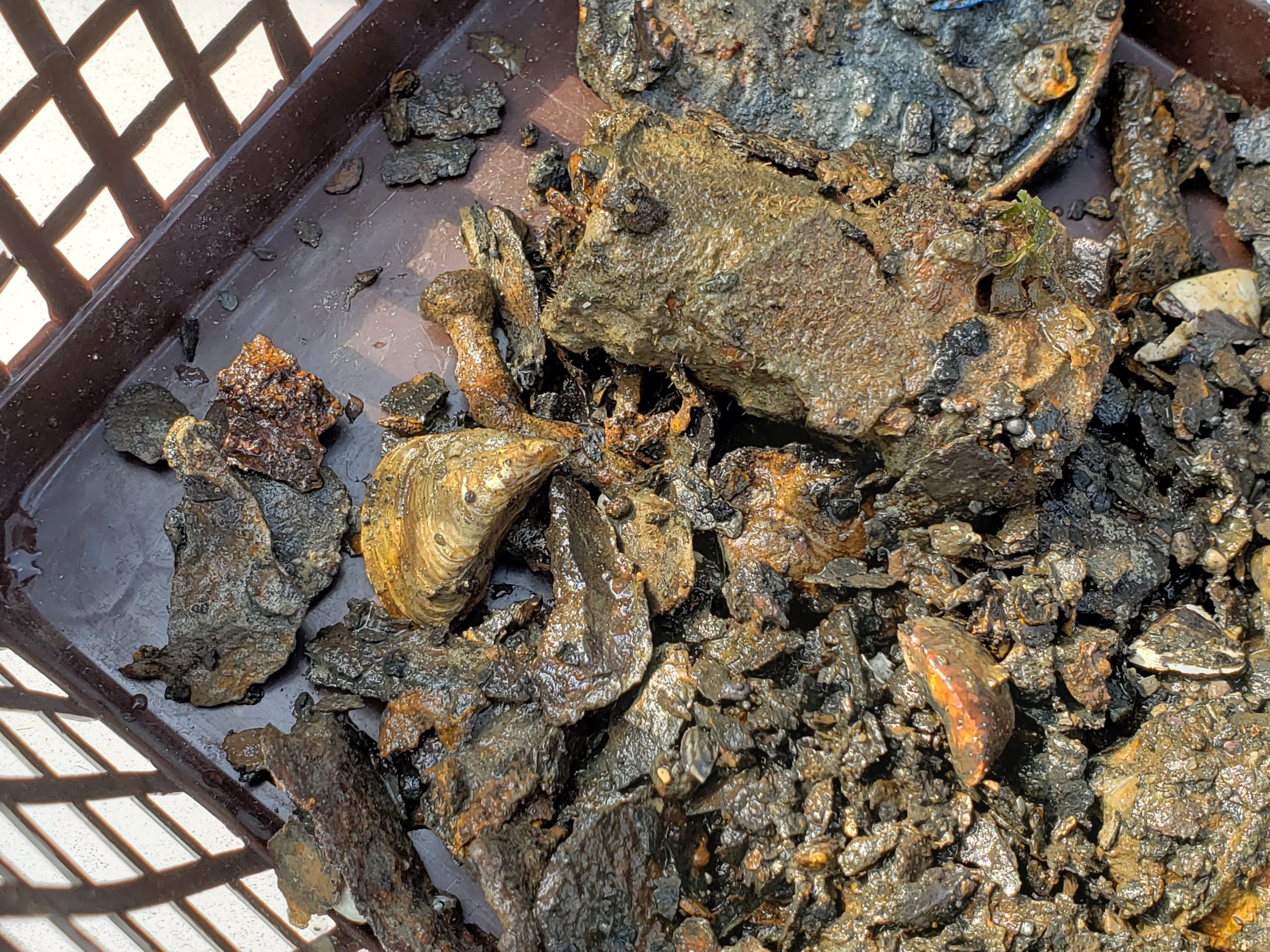
Invasive mussel shells among debris from the Detroit River (Photo Credit: Natasha Blakely/Great Lakes Now)
Since the opening of the St. Lawrence Seaway, about 65% of aquatic invasive species were introduced to the Great Lakes via ballast water. The 2000s saw stricter ballast legislation in Canada and the United States. Recently, the U.S. Environmental Protection Agency announced the finalization of national ballast standards, in order to further control the release of pollutants and invasive species. Thanks to the tightening of discharge standards over the last few decades, the State of the Great Lakes’ invasive species assessment reports that only four new nonnative species were documented between 2011-2020.
Still, the same report showed that the effects of invaders continue to proliferate. According to Jake Vander Zanden, a freshwater ecologist and Director of the Center for Limnology at the University of Wisconsin–Madison, those effects aren’t uniform across species.
“They’re not all created equally, in a sense,” he said.
The scoring system used in Lower and Sturtevant’s paper separated species by their potential impacts into ecological and socioeconomic categories. Ecological impacts included altering predator-prey interactions and harming the health of native species, while socioeconomic impacts included damaging infrastructure and reducing people’s aesthetic enjoyment of the lakes.
Sturtevant explained that the scoring system offers a quantitative way to assess the impact of species, rather than relying on qualitative expert opinion alone. The assessment can also compare all sorts of species to each other; a mollusk can go head-to-head with a bacterium, rather than having separate rankings for each.
This assessment doesn’t measure species spread, Sturtevant explained, so the results show only the potential impact of species should they spread throughout the entire Great Lakes system. While some of the listed species are widespread, others remain sequestered to certain regions — for now, at least. In a recent BioScience paper, Vander Zanden wrote that invasive species are often more pervasive than many databases suggest.
Meet the Species
Data visualization by Matt Daniels
To qualify for assessment, species needed to have established populations that reproduce and survive through the winter in Great Lakes waters. The researchers ranked 78 eligible species, resulting in the top ten below:
1. Zebra Mussel
It’s no surprise that zebra and quagga mussels emerged as the clear frontrunners in the researchers’ assessment on species impact.
“When they hit the Great Lakes, they had a massive and rapid transformational effect on that ecosystem,” said Vander Zanden.
Zebra mussels were spotted here first. Native to the seas of Southeastern Europe and Western Asia, these fingernail-sized bivalves were first spotted in Lake St. Clair in 1988, likely after ballast water introduction. Ever since, they’ve spread throughout the lakes — and the country, going so far as California and Texas.
Female mussels can produce up to a million eggs per breeding season, and the individuals accumulate on pipes, boats, docks and other structures. The U.S. Forest Service estimated that zebra mussels could cause over $300 million of damages annually.
2. Quagga Mussel
The twin to zebra mussels, quagga mussels are native to Ukrainian seas and were discovered near Lake Erie in 1989, likely through ballast water. Since then, they’ve expanded throughout the Great Lakes, colonizing deeper water (including many shipwrecks) and outcompeting zebra mussels.
Quagga mussels have similar effects as zebra mussels: They compete with native mussels for food, and they’re big eaters. As filter feeders, each tiny mussel can clear a liter of water per day.
3. Alewife
These silver fish were first documented in Lake Ontario in 1873, likely after migrating through canals from the Atlantic Coast. They have since expanded across all Great Lakes.
While alewife populations support the dietary needs of commercially important salmon, they have contributed to the drastic reduction in native fish species through competition for food.
Alewives might be best known for their massive die-offs during summer, littering the beaches of Lake Michigan with pungent dead fish.
4. Sea Lamprey
Perhaps the most notorious Great Lakes invader, the sea lamprey is native to the Atlantic coasts of North America and Europe — though some evidence suggests it might be native to Lake Ontario, where it was first documented in 1835. Lampreys invaded Lake Erie by 1921, likely through a canal that allowed them to bypass Niagara Falls. They have since established themselves across each Great Lake and many tributaries.
Sea lampreys are so damaging that a 1954 U.S.-Canada treaty formed the Great Lakes Fishery Commission (GLFC) largely to control the primitive fish, which were killing over 100 million pounds of ecologically and commercially important fish per year.
Now, sea lamprey control is something of a success story. The GLFC estimates that the sea lamprey population has plummeted 90% thanks to special pesticides and traps that kill and monitor these fish, though their control costs over $20 million annually.
5. Stiltgrass (also known as Japanese Stiltgrass)
Stiltgrass has a large native range — from Japan to India — thanks to its ability to thrive in a variety of habitats, especially landscapes disturbed by natural disasters or human intervention.
“It is really, really quite aggressive in how it establishes,” Sturtevant said.
Stiltgrass was first recorded in the Great Lakes at Presque Isle along Lake Erie in 1991, though it made its way to the US in 1919, potentially as packaging material. The grass outcompetes native plants for space and nutrients and can harbor plant diseases that infect native species.
6. Grass Carp
These fast-growing fish are native to the Pacific coast of eastern Asia and were brought to the U.S. for aquatic vegetation control in the 1960s. By at least 1971, feral carp had ventured to the upper Mississippi River.
According to Christine Mayer, an aquatic ecologist at the University of Toledo, “We don’t know exactly where we are in the invasion curve.”
They were first recorded in western basin of Lake Erie in the 1980s and have been documented in all lakes except Lake Superior, but their only documented reproduction has stayed contained to Lake Erie’s western tributaries. If they were to proliferate, their voracious appetites could cut down native vegetation, and their waste can lead to harmful algae blooms.
7. Water Chestnut
These edible plants grow natively throughout Europe and Asia and were first introduced to the United States in the 1870s in Massachusetts Gardeners and enthusiasts spread plants throughout local rivers and ponds, and it then spread throughout the Northeast and into New York, where it has established itself in the tributaries of Lake Ontario, Lake Champlain and the Niagara River.
Fast-growing water chestnuts form dense mats on the water, blocking light for plants growing below and limiting dissolved oxygen. The mats make activities like swimming and kayaking difficult. Plus, the sharp, spiky seed pods are a pain to step on.
8. Common Reed (Phragmites)
These tall, feathery grasses aren’t just a Great Lakes issue: they’re global. Though North America has a native phragmites subspecies, invasive phragmites from Europe have dominated habitats from wetlands to roadsides, outcompeting native species and forming dense stands that are perfect mosquito breeding grounds. They’re estimated to have arrived in the U.S. around the late 1700s and were first documented in Presque Isle in 1828, potentially introduced through ballast or packaging materials.
Each stem can release up to 2,000 seeds annually, which disperse with the wind and colonize new landscapes. The tall grasses block water access and, in more dangerous cases, can hinder road visibility while also providing fodder for wildfires during dry seasons.
9. Round Goby
These fish are native to the seas of Eastern Europe. First recorded in 1990 at the St. Clair River, where they likely arrived via ballast water, they have become widespread throughout the lower Great Lakes and southern Lake Superior and continue to move inland.
Round gobies eat native fish eggs and might transmit botulism when eaten by birds. They’re hungry fish, too, and outcompete local species for valuable resources. To humans, they’re fishing nuisances, stealing bait and minimizing other desirable fish species.
10. White Perch
Native to the Atlantic coast from Quebec to South Carolina, these fish likely arrived in Lake Ontario through the Erie Canal between the 1930s and 50s and traveled into Lake Erie.
Like other invasive fish on the list, white perch compete with commercially and ecologically important native fish species for resources. White perch can also hybridize with native white bass, leading to a potential reduction in native fish numbers.
What now?
The effects of these species seem grim, especially when looking at the mussels and sea lampreys, which have cost millions of dollars and irreversibly altered ecosystems. Still, invasive species aren’t a lost cause.
“We can continue to work on making the lakes healthy,” Vander Zanden said.
Research teams, government agencies and policymakers are working across the region to control and prevent invasions. Ideally, natural resource managers would notice and eradicate invasive species before they spread, explained Bill Keiper, an aquatic biologist at the Michigan Department of Environment, Great Lakes and Energy. But once established, species like in this list have escaped the eradication stage. At that point, Keiper explained, the strategy shifts to multi-state or multi-national collaborations that can prevent further spread and protect valuable landscapes and species.
Phelps explained that researchers and government agencies develop their own region-specific priority lists, but Sturtevant hopes that the paper’s scoring system can help these decision makers use the system to support their own work. For example, she explained that managers might be interested in adding a manageability component: “If we can’t control it, we can’t have it be a management priority.”
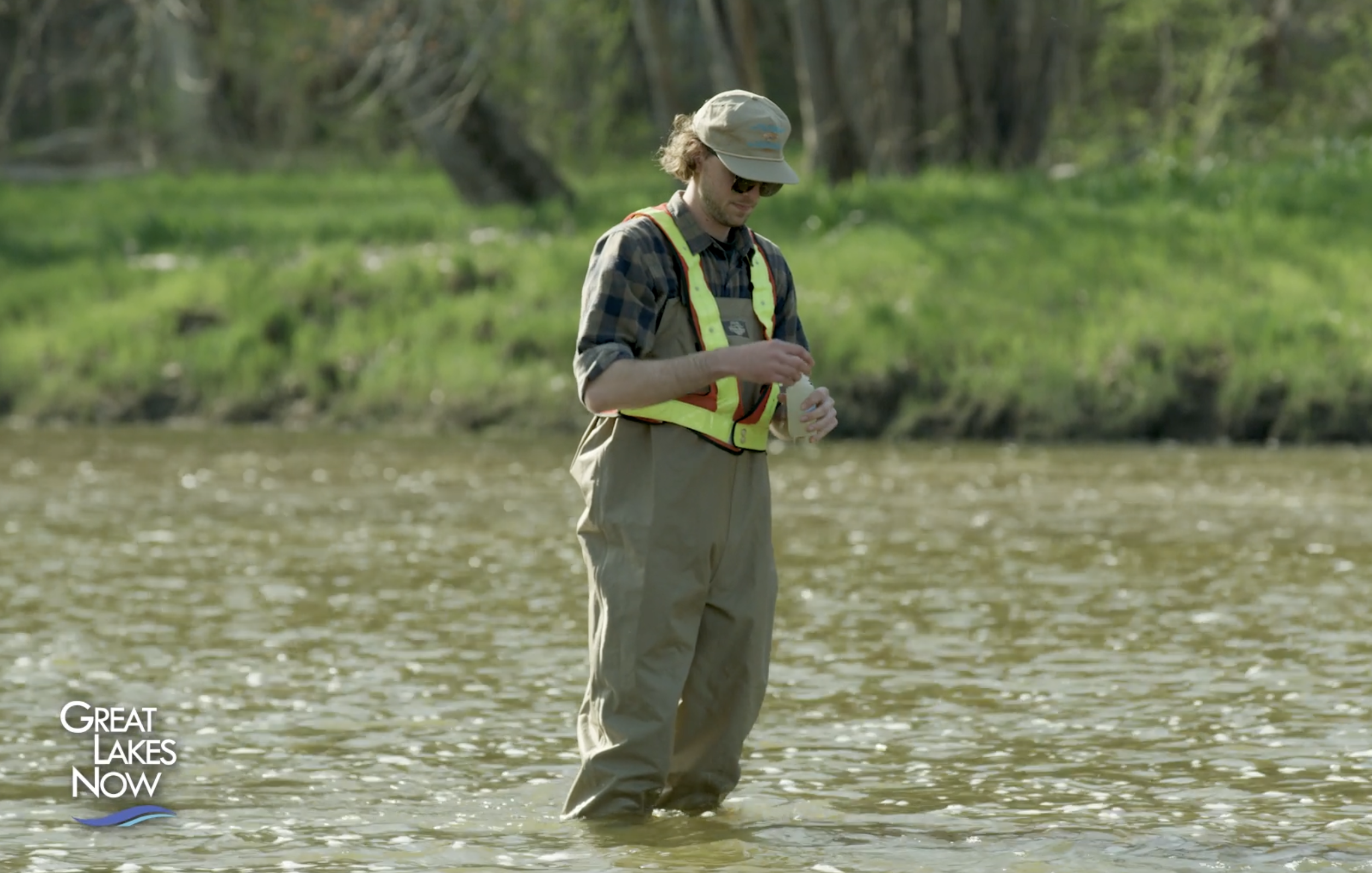
A team member with the U.S. Fish and Wildlife Service tests the water in Ohio’s Grand River before treating it with lampricide, a chemical that targets sea lamprey larvae. (Photo Credit: Great Lakes Now)
Successful invasive species control also relies on robust bodies of research. Though the list captures a mixture of effects invasive species have on the lakes, it doesn’t encapsulate the full diversity of where invasive species come from, how they get here and what they look like.
“We have to stop and ask ourselves whether they’re missing from this list because they aren’t having an impact,” Lower said. “Or they’re missing from this list because no one has studied them.”
Though the specifics of some species might not yet be known, that doesn’t make them innocuous. Sturtevant pointed out microorganisms, as an example: “It’s probably our most understudied category of invasive species but the one with the greatest potential to cause some really devastating impacts.”
Research into invasive species impact and management is ongoing, with new tools providing room for experimentation, like collecting DNA fragments in the environment to figure out where invasive species hang out and using artificial intelligence algorithms to detect species movement.
Lower and Sturtevant encourage people to submit photos of nonnative species through citizen science apps like iNaturalist, EDDMaps, and MISIN (along with the United States Geological Survey’s official reporting form) so researchers can keep tabs on populations. They especially urge people to add comments whenever they can. If someone spends hours digging up an invasive plant because it’s blocking their home’s scenic view, researchers want to know. These types of sightings help researchers understand effects on aesthetic and recreational enjoyment, as those are the hardest ones to find the data on, according to Sturtevant.
Though this research can’t reverse the effects of decades of Great Lakes invasion, it can still aid in uncovering more information that could help prevent and manage further invasions.
Catch more news at Great Lakes Now:
Finding creative new ways to manage invasive cattails
Harnessing mussels to filter fresh water
Featured image: At least 188 nonnative aquatic species have been introduced to the Great Lakes, and over a third have become invasive. (Illustration by Lucy Engelman)



